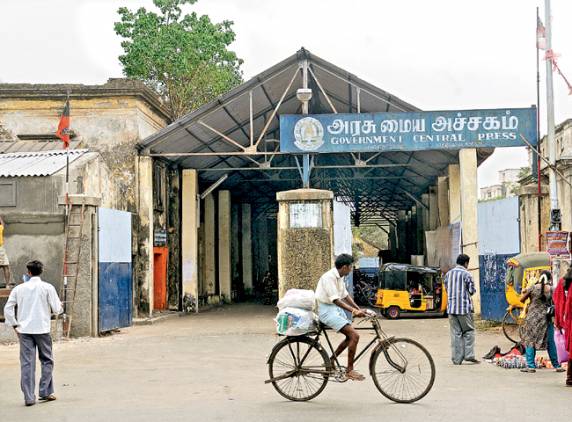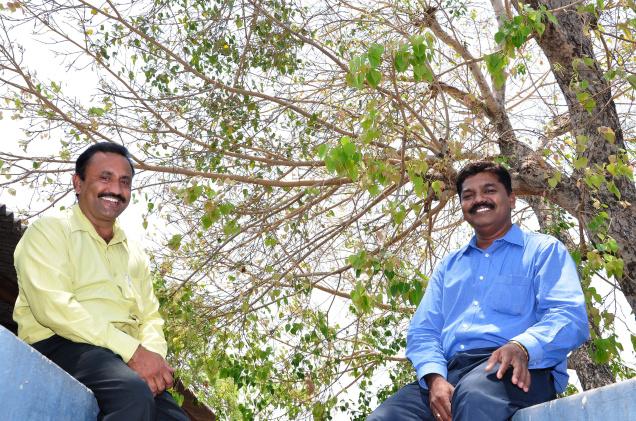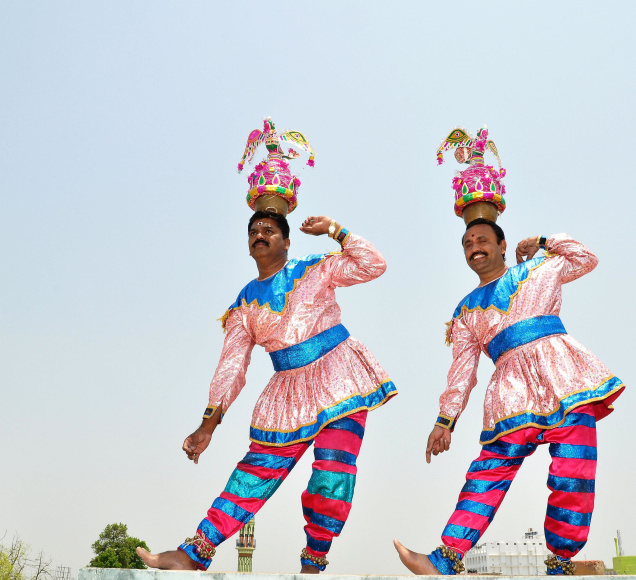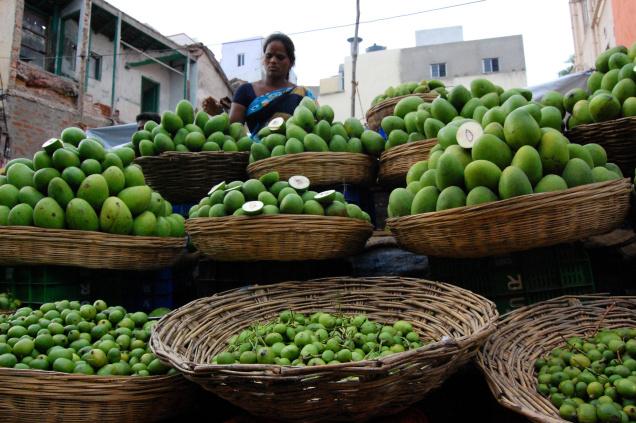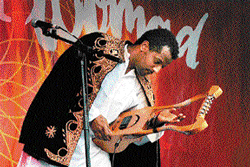Chennai:
“Jab jab garmi ne mara hai, Anmol chaanch aur lassi ne sanwara hai (Whenever the heat is killing, Anmol buttermilk and lassi come to the rescue),” says Dinesh Soni, 42, proprietor of Anmol Mohit Patiala Lassi located at 343, Mint Street. It is the heat of Chennai that prompted him to start this business twenty years ago. Situated in a narrow lane and with a blend of North Indian culture, the stall sets a perfect ambiance for the passerby to enjoy his drink of lassi. The area around the stall is busy, crowded and congested. Dinesh, 6ft 6 is tall and known as the khali of Sowcarpet, is a dynamic person who attracts customers.
He is ready to serve his customers with chilled lassi from 9 in the morning till 7 in the evening. Customers are crowded around him, waiting for their chilled glasses of lassi, as he deftly serves them. Ask him what is special about his lassi and he laughs loudly, saying that even he doesn’t know. Before starting this business, he was a professional wrestler in Pushkar, Rajasthan, his native place. He also makes Mohit Shampoos and hair oil for all kinds of hair problems, sold with a guarantee of money back if the customer is not satisfied within four months of use. In Chennai it is as though summer never ends, so his business does well through the year. Anmol Lassi is popular among Chennaiites, north Indians and south Indians alike. He has many regular customers who have been frequenting his shop since it opened. Among them is Sub-Inspector Christhuthanam who says, “The lassi tastes great and is the best in the city.” Shoppers and office goers are among his prime customers.
The rates are on the high side with at `60 for a giant steel tumbler and `30 for a regular one. He uses purified packaged water, which justifies the rates. The milk used to make the lassi is brought from a nearby village. He has two helpers to clean the tumblers and do other work.
Dinesh was born and brought up in Chennai and is fluent in Tamil. From a Marwari family of goldsmiths, he chose to deviate from the family business and is the only one to have stepped into this line. Even if his son pursues engineering, he will look after the lassi business. He feels at home in Chennai but makes sure to visit his native place once a year. He lives in Sowcarpet with his family and is well known among the people around. He has such charisma that once you see him you will not forget him.
Customers are like god to him; he knows them by their names and greets them when they arrive at his shop. The man is full of energy and enthusiasm and has a personal bond with customers.
There is never a dull moment as they sip their tasty glass of lassi, as he entertains them with his talk. People come from far off parts of the city to have Anmol Lassi. Buttermilk is a very fast moving item in Chennai. Many people have requested him to open branches in other parts of the city but he says he is too busy and may not be able to manage the branches. He is happy and content to serve the people of Sowcarpet.
source: http://www.ibnlive.in.com / Home> South> Southern News> Chennai / The New Indian Express / by Anjali M Pillay, Bhavna C. Uchil, V Padmini
